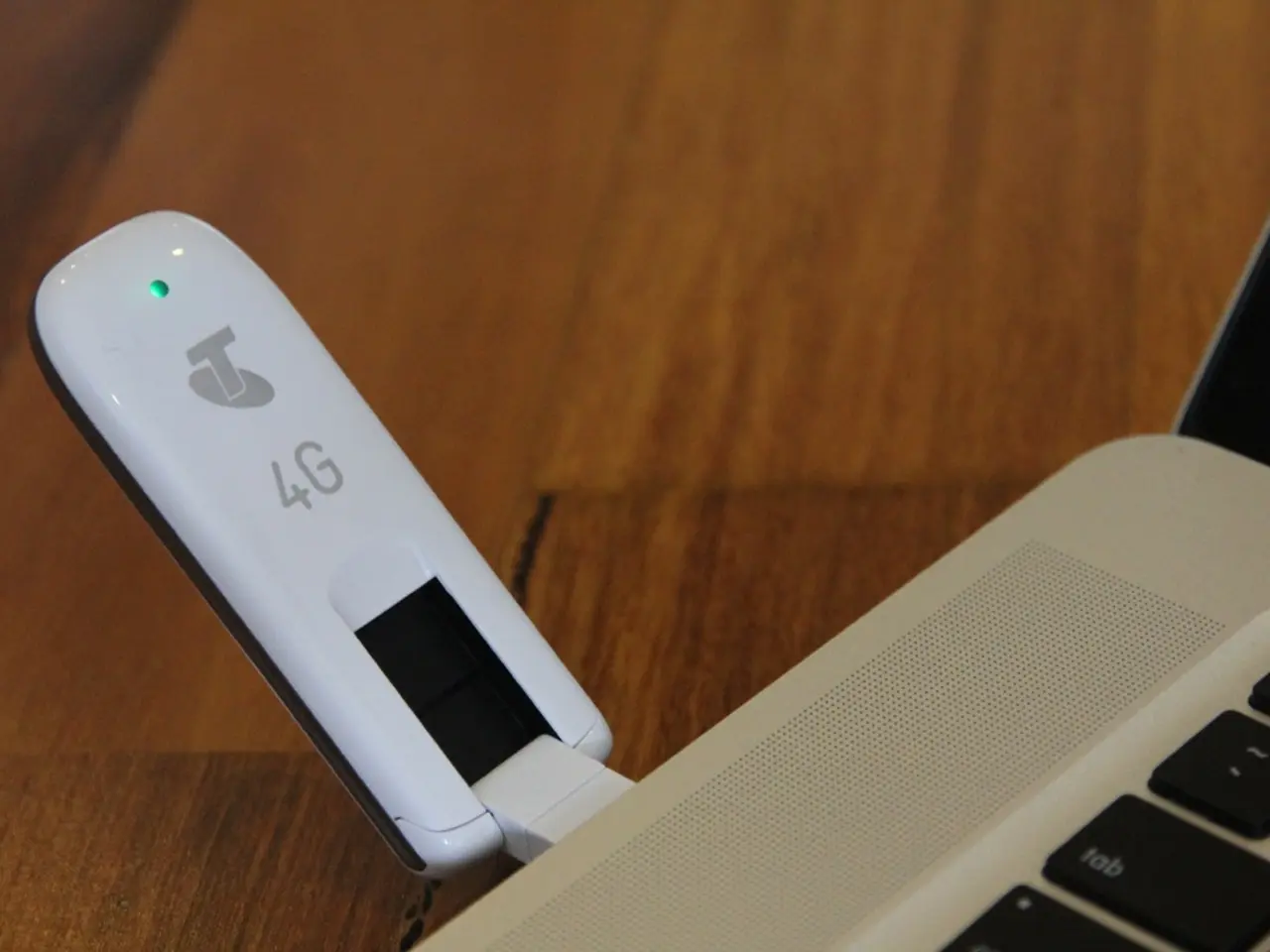Impact of Impedance on Signal Quality in Printed Circuit Boards (PCBs)
In the realm of high-speed data communications, impedance discontinuities caused by vias in printed circuit board (PCB) designs can significantly impact signal integrity. To address this issue, designers can employ various strategies to control and mitigate these discontinuities.
## Mitigation Techniques
### 1. Minimize Via Usage Limit the use of vias to only where necessary. This reduces the number of impedance discontinuities introduced by vias.
### 2. Back-Drilling After manufacturing, back-drilling can be used to remove the excess via stubs that extend beyond the signal layer, helping reduce the impact of impedance discontinuities caused by vias.
### 3. Use of Ground Vias Add ground vias near critical signal vias to maintain a consistent return path. Ground vias should be placed close enough to the signal vias to be effective, typically within 150 mils.
### 4. Employ Microvias or Buried Vias Microvias (less than 150 μm in diameter) or buried vias have less capacitance and inductance compared to standard vias, which can help reduce impedance discontinuities.
### 5. Optimize Signal Path Design Ensure signal paths are as short and direct as possible to reduce the need for vias. This minimizes total via-induced impedance discontinuities.
### 6. Use of Stitching Vias and Capacitors Use stitching vias to keep the return path near signal vias, especially at layer transitions. This helps maintain a continuous return path and reduces crosstalk.
### 7. Material Selection and Design Select PCB materials with low dielectric loss and stable dielectric constants to minimize variations in impedance due to material properties. Use electromagnetic simulation tools to predict and optimize impedance behavior before manufacturing.
By implementing these strategies, designers can effectively manage impedance discontinuities caused by vias in high-frequency PCB designs.
Impedance caused due to parasitic inductance is calculated by Z = Π L / (t10% - 90%). Via impedance becomes significant at high frequencies, causing signal reflections and introducing jitters. Coaxial via geometry can help reduce the effects of impedance discontinuity in high-speed PCB designs.
Parasitic capacitance increases signal transmission time and reduces circuit speed. Via diameter has a negligible impact on parasitic inductance, but it mainly depends on the length of the via. Parasitic capacitance can be approximated using the equation C = 1.41 ε T D1 / (D2-D1).
To minimize via impedance discontinuity, a coaxial via structure with a minimum of 2 and a maximum of 4 ground vias surrounding a signal via can be opted for. The ground vias form an inductance loop between the signal and ground vias and aid in establishing a proper return path.
Sierra Circuits' Via Impedance Calculator can be used to compute via impedance, capacitance, and inductance, providing accurate and consistent results. The ground vias pass through the antipad of the signal via, inducing homogeneous capacitance between each of the ground vias and the signal via.
Parasitic inductance affects the efficacy of bypass capacitors and the filtering capacity of the power supply system. However, the current can bypass the inductance loop even if there is an impedance mismatch in the via, maintaining signal quality.
Designers can utilize impedance calculators, such as Sierra Circuits' Via Impedance Calculator, in data-and-cloud-computing technology to accurately compute via impedance, capacitance, and inductance. By employing controlled impedance strategies, including optimizing signal paths, using stitching vias and capacitors, selecting materials with low dielectric loss, and minimizing via usage, designers can effectively manage impedance discontinuities in high-frequency printed circuit board (PCB) designs, thus ensuring improved signal integrity.




